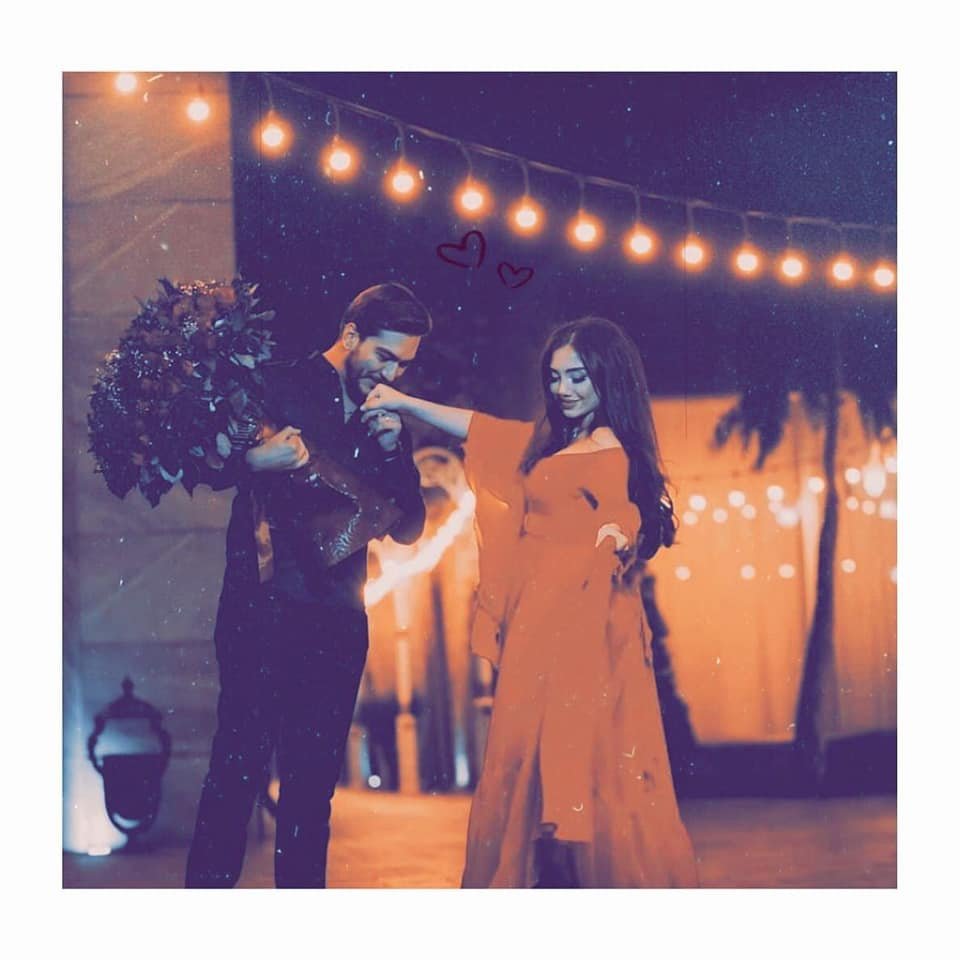In today’s world, where social media glamorizes love and relationships, many people struggle to identify the line between a healthy and toxic relationship. On the outside, everything might look perfect—smiles in selfies, cute messages, vacation photos—but behind closed doors, the reality can be painfully different.
Understanding the difference between a healthy and toxic relationship isn’t just about emotional survival. It’s about preserving your self-worth, your mental health, and your future. Let’s dive deep into how to spot the difference, the subtle red flags, and how to protect yourself if you find you’re stuck in something harmful.

What is a Healthy Relationship?
A healthy relationship is rooted in respect, trust, communication, and mutual support. It doesn’t mean things are perfect all the time, but it does mean both partners feel safe, heard, and valued.
Key Traits of a Healthy Relationship:
- Open and Honest Communication: You can talk about your feelings without fear of judgment.
- Trust and Loyalty: You don’t have to check each other’s phones or question every interaction.
- Mutual Respect: Your opinions, space, and individuality are respected.
- Support During Good and Bad Times: A healthy partner lifts you up, not drags you down.
- Equality: Decisions are made together; no one dominates the other.
If you’re in a healthy relationship, you feel peace, security, and growth.
What is a Toxic Relationship?
A toxic relationship drains you emotionally. It’s filled with manipulation, control, disrespect, and emotional instability. The worst part? Sometimes it starts off amazing. Love bombing, constant attention, fast-paced romance—and then slowly, the cracks begin to show.
Common Signs of a Toxic Relationship:
- Manipulation and Control: Your partner uses guilt, shame, or fear to control your actions.
- Constant Criticism: They always point out your flaws and rarely acknowledge your strengths.
- Isolation: They slowly cut you off from friends and family.
- Gaslighting: They make you question your own reality and feelings.
- Jealousy and Possessiveness: They don’t trust you and often accuse you of things without reason.
- Walking on Eggshells: You feel anxious around them, always trying not to “trigger” something.
In a toxic relationship, love starts to feel more like anxiety than comfort.
Trending Behavior: The Rise of “Soft Toxicity”
In 2025, relationship psychologists have been talking a lot about something called “soft toxicity”. This isn’t screaming matches or physical abuse. It’s more subtle and insidious.
Examples include:
- Passive-aggressive comments disguised as jokes
- “I was just kidding” after hurting your feelings
- Withholding affection as punishment
- Giving backhanded compliments
Soft toxicity is harder to recognize, but just as harmful over time. It creates emotional confusion and eats away at your self-esteem slowly.
Why Do People Stay in Toxic Relationships?
Even when things feel wrong, many people struggle to walk away. Here’s why:
- Trauma Bonding: The cycle of highs and lows creates an emotional addiction.
- Fear of Being Alone: They’d rather stay in pain than face loneliness.
- Hope for Change: They remember the “good times” and keep waiting for that version to come back.
- Low Self-Esteem: They believe they don’t deserve better.
- Social Pressure: “You’ve been together for years,” or “At least you have someone” keeps them stuck.
Understanding these emotional traps is the first step to breaking free.
How to Protect Yourself
If you suspect you’re in a toxic relationship, you don’t have to suffer in silence. Here are steps you can take:
- Start Documenting: Keep a private record of incidents, how they made you feel, and patterns you notice.
- Reach Out: Talk to someone you trust—a friend, therapist, or support group.
- Set Boundaries: Start saying no, and watch their reaction. A healthy partner will respect your limits. A toxic one will punish you for setting them.
- Educate Yourself: Read, listen to podcasts, follow relationship experts who share insights and tools.
- Make an Exit Plan: If you decide to leave, have a plan. Where will you go? Who will support you? How will you stay safe?
You are not weak for staying. But you are incredibly strong if you choose to leave.
Final Thoughts
A toxic relationship doesn’t always look like screaming or slamming doors. Sometimes, it looks like silence, manipulation, emotional distance, and self-doubt. The most dangerous kind is the one that convinces you it’s normal.
Remember: Love is not supposed to hurt all the time. Love should heal, not wound.
Whether you’re reading this for yourself or someone you care about, know that help is available. You deserve a love that nourishes you, not one that destroys you from within.
Protect your peace. Guard your heart. Choose yourself.
Have you ever experienced a toxic relationship? Share your story or thoughts in the comments below. You never know who you might help by speaking up.
#ToxicRelationship #LovePsychology #RelationshipAdvice #Healing #EmotionalAbuse

One thought on “Toxic Relationship vs Healthy Relationship: How to Recognize the Difference and Protect Yourself”